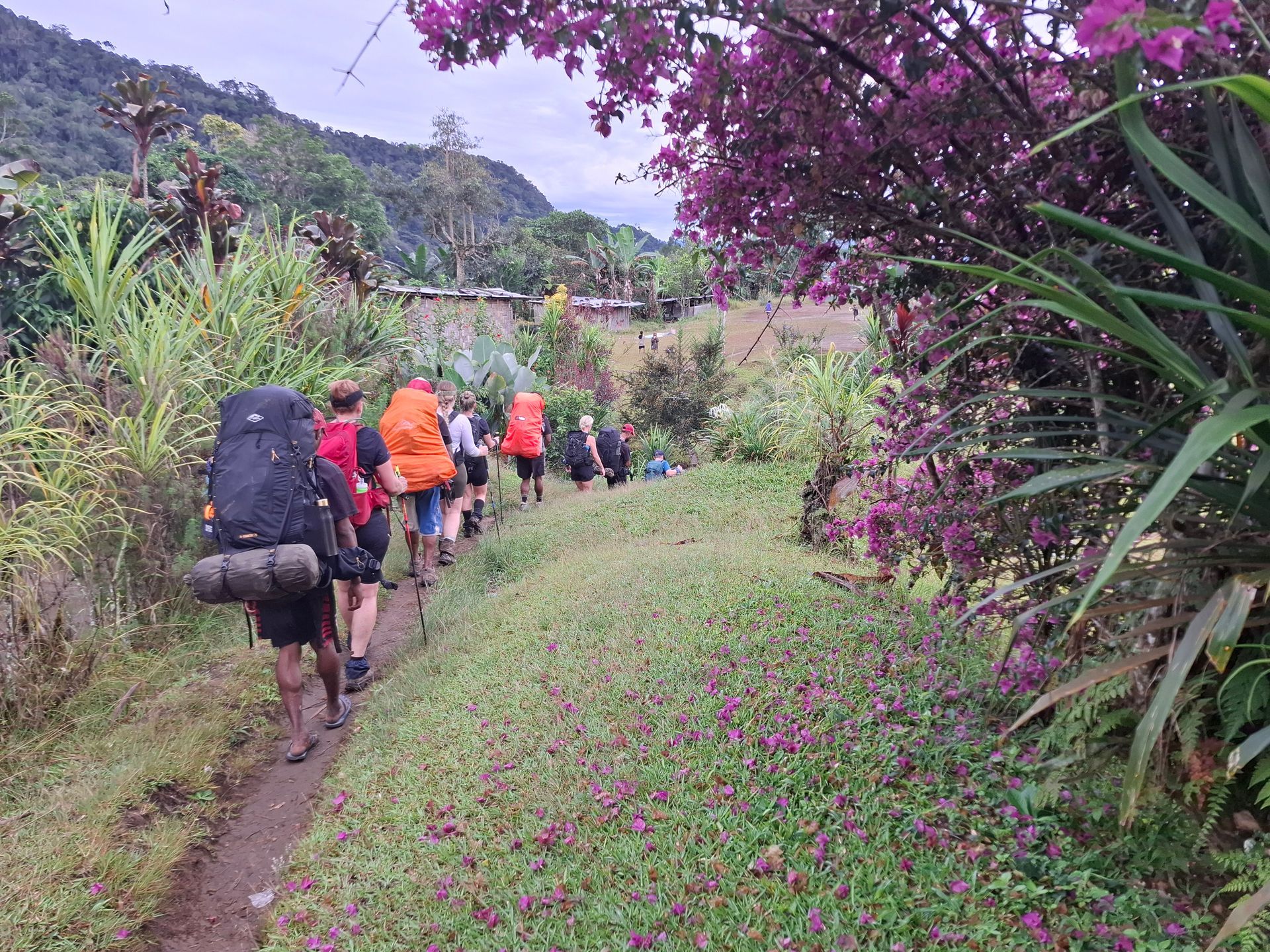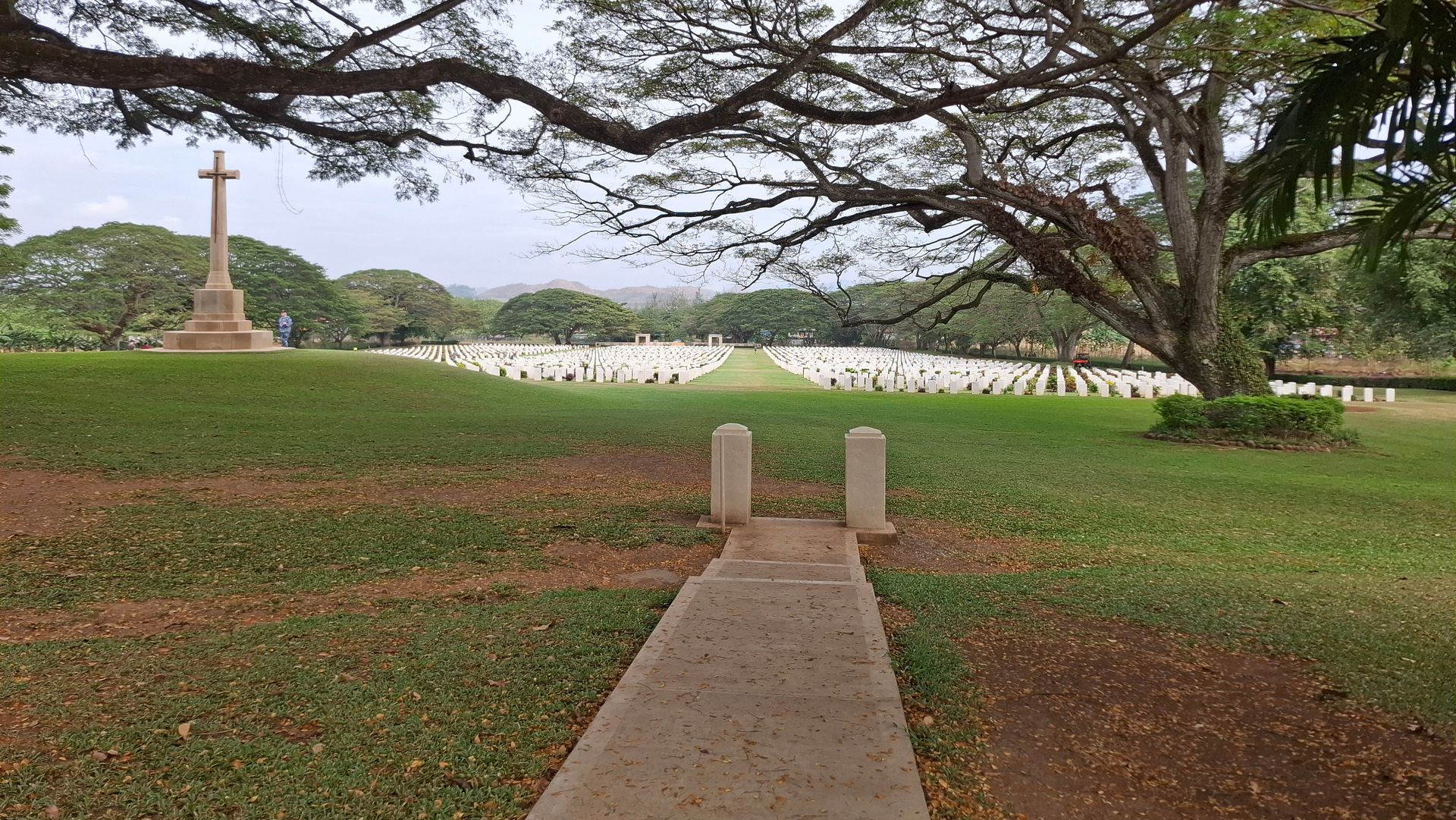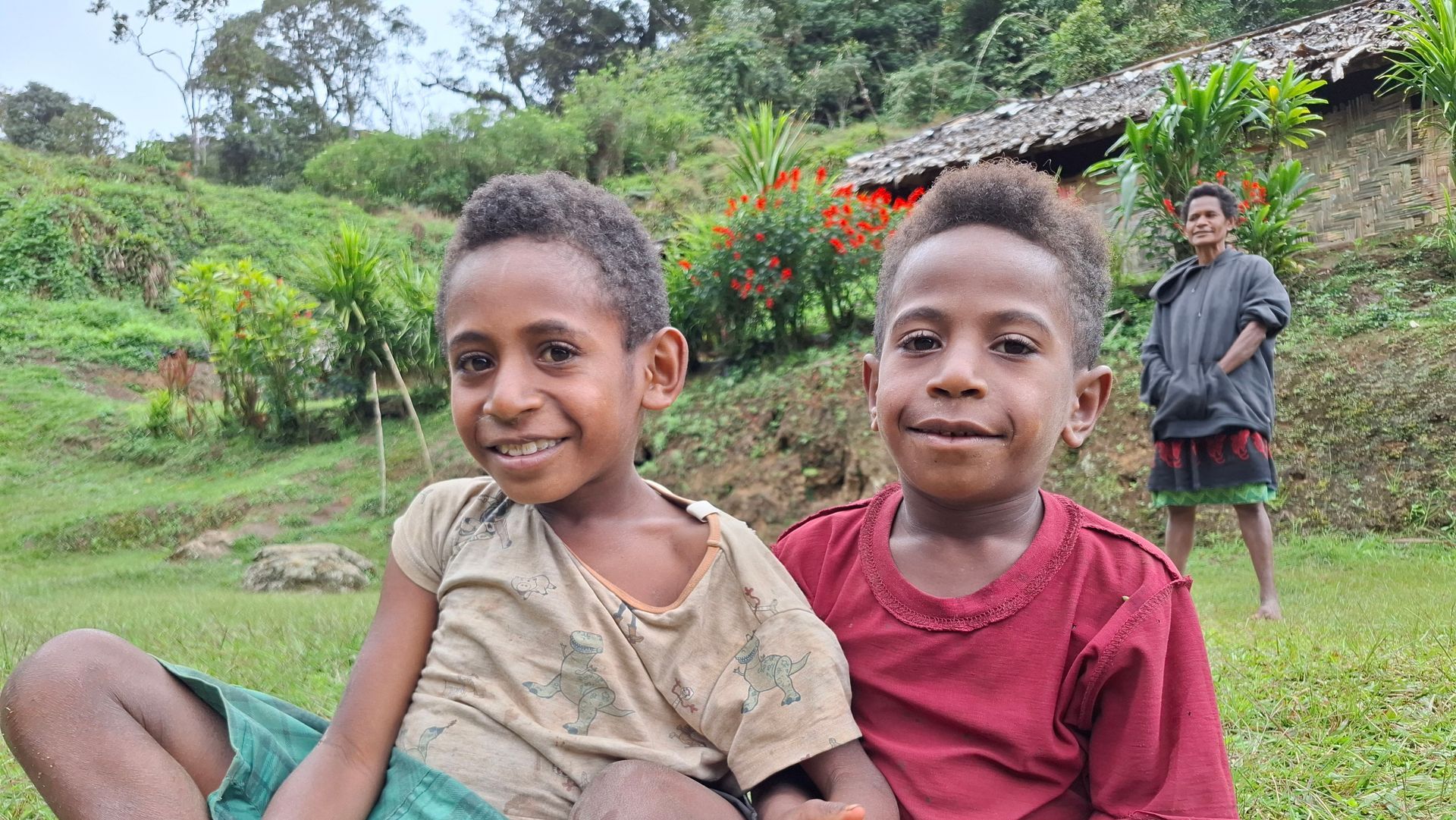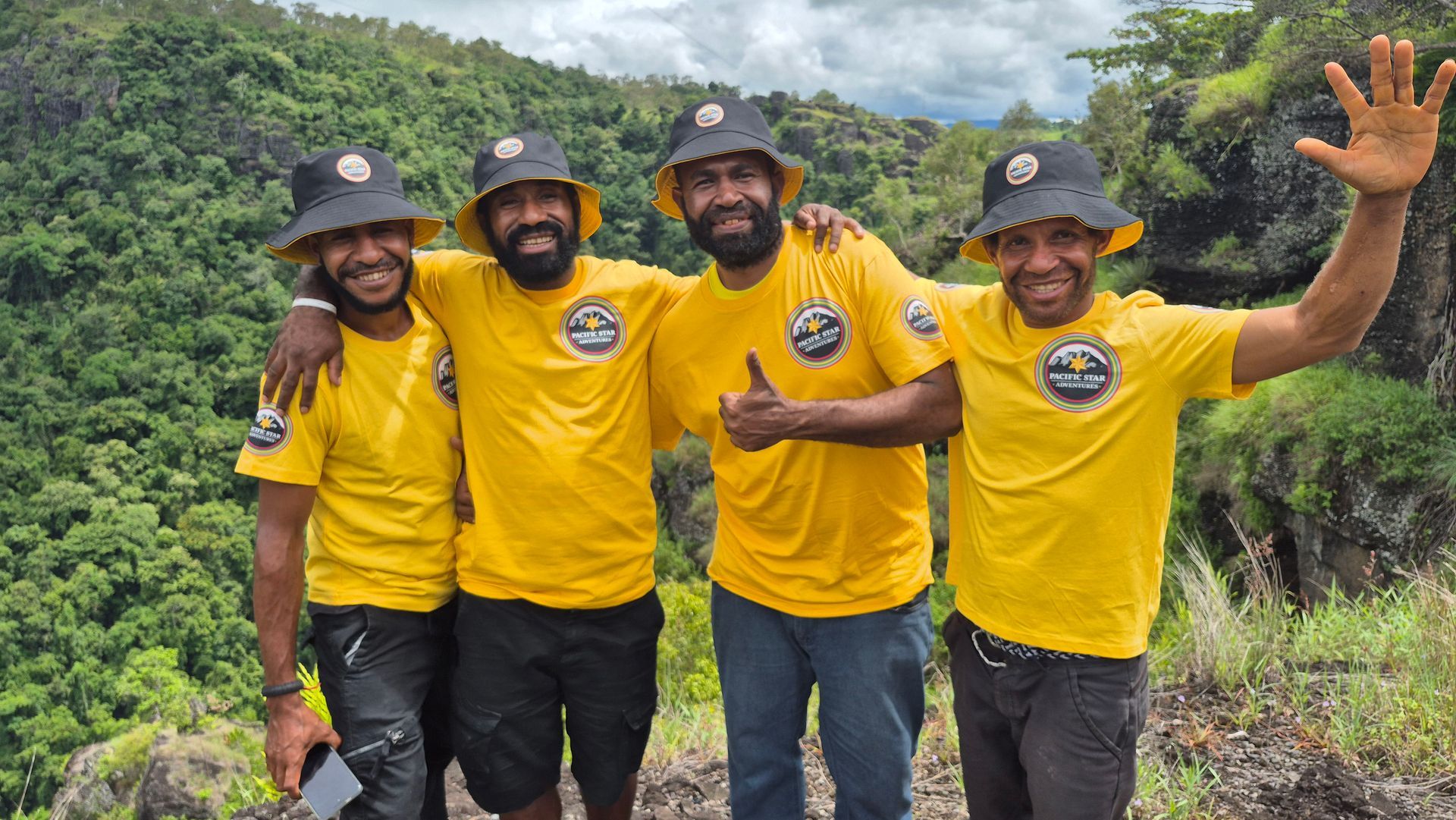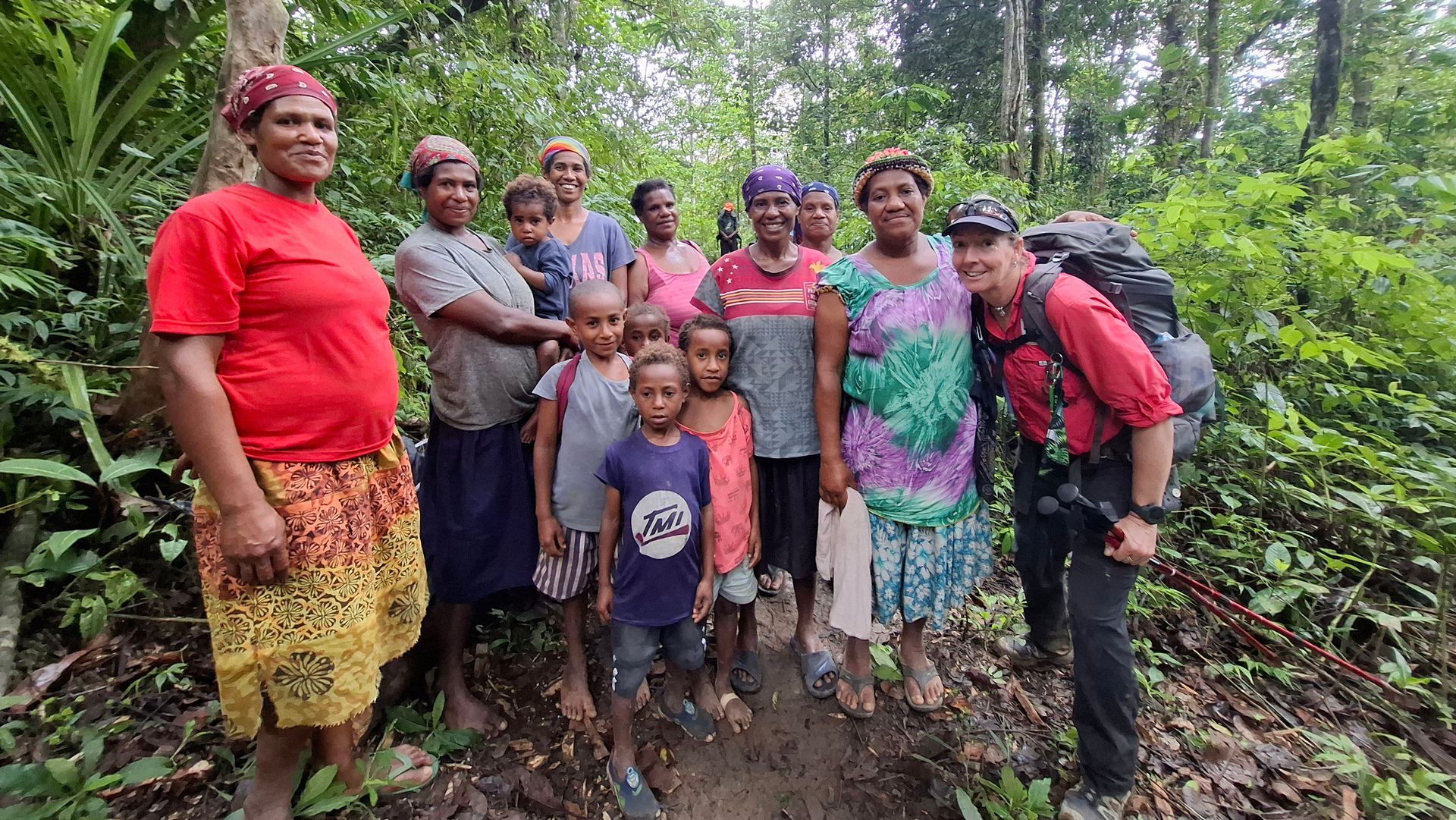Training for the Trek: Preparing for Your Kokoda Challenge
Tackling the Kokoda Track in Papua New Guinea is an incredible adventure, but it's not for the faint-hearted. With steep climbs, humid conditions, and long days on your feet, preparation is essential. This guide will help you build the fitness, mindset, and skills you need to conquer the challenge and make the most of your experience.
Understanding the Kokoda Track
The Kokoda Track is a 96-kilometre foot thoroughfare in Papua New Guinea that runs through the Owen Stanley Range. This iconic trail is not only the most famous in Papua New Guinea but also holds profound historical significance. During World War II, it was the site of a pivotal battle between Japanese and Australian forces in 1942. The track starts at Owers Corner in Central Province and ends at Kokoda in Oro Province, reaching a height of 2,190 metres (7,185 ft) as it passes around the peak of Mount Bellamy. Trekkers face hot and humid days, intensely cold nights, torrential rainfall, and the risk of endemic tropical diseases, making it a challenging yet rewarding journey. Understanding the track’s history and physical demands is crucial for anyone looking to undertake this adventure.
Why training is essential for the Kokoda Track
The Kokoda Track spans 96 kilometres of rugged terrain through Papua New Guinea. Without proper preparation, the physical and mental demands can feel overwhelming. Training ensures you're ready to fully enjoy the journey while reducing the risk of injury. By preparing your body and mind, you'll not only embrace the challenge but also make the most of the unforgettable experience.
Building physical fitness for Kokoda
A solid foundation of physical fitness is crucial for trekking the Kokoda Track. Here are the key areas to focus on:
- Cardio Training: Endurance is key for hiking long distances, often on steep and uneven terrain. Activities like running, cycling, and stair climbing are excellent for building stamina. Aim for consistent cardio workouts at least three times a week.
- Strength Training: Prepare your legs, core, and upper body for the demands of the trek. Incorporate exercises like squats, lunges, push-ups, and planks into your routine. These exercises will help you manage the weight of your backpack and navigate the challenging trail.
- Hiking Practice: Simulate Kokoda conditions by hiking regularly with a loaded backpack. Start with shorter distances and gradually increase the weight and intensity to build confidence and resilience.
- Flexibility and Recovery: Prevent stiffness and injuries by incorporating stretching, yoga, or mobility exercises into your routine. These practices will aid in recovery and keep your body prepared for the demands of trekking.
Mental preparation for the Kokoda Track and its World War II history
Physical fitness is only part of the equation. Mental preparation is just as important for successfully completing the Kokoda Track.
- Setting Realistic Expectations: Understand that the track will test you physically and emotionally. Being aware of these challenges allows you to prepare and approach them with the right mindset.
- Mindfulness and Resilience: Practise mindfulness techniques like deep breathing or visualisation to stay focused during difficult moments. Building mental resilience will help you push through tough sections of the trek.
- Building Team Spirit: Camaraderie is vital on the Kokoda Track. You'll rely on your fellow trekkers for support and encouragement. Embrace teamwork and foster connections within your group to enhance the experience.
Logistics and Planning
Planning a trek along the Kokoda Track requires meticulous attention to logistics and safety. The Australian Government advises a high degree of caution when traveling to Papua New Guinea, so thorough research is essential. Trekkers should familiarize themselves with the local terrain, climate, and infrastructure. Using a licensed Kokoda Track tour operator is highly recommended, and obtaining a trekking permit is mandatory. The track’s steep inclines and declines, coupled with the challenging terrain, mean that physical preparation is vital. Slow progress is common, so patience and perseverance are key. Proper planning ensures a safer and more enjoyable trekking experience.
Safety and Security
Safety and security are paramount when trekking the Kokoda Track. The track’s difficult terrain, extreme weather conditions, and remote airfield conditions pose significant risks. Additionally, Papua New Guinea has high levels of serious crime, so trekkers should stay informed by monitoring local media, avoiding large crowds and public gatherings, and following the instructions of local authorities. Physical health is also a concern; taking necessary precautions to prevent illnesses and injuries is crucial. By being aware of these risks and preparing accordingly, trekkers can focus on the incredible journey ahead.
Cultural Sensitivity
The Kokoda Track passes through the traditional lands of the Orokaiva and Koiari peoples, making cultural sensitivity a key aspect of the trek. Trekkers should respect local customs and religious beliefs, as most of the local population are Seventh Day Adventists who observe daily prayers between 5 and 6 pm. Wearing modest clothing and refraining from drinking alcohol are important considerations. Additionally, respecting the local environment and the historical significance of the track is essential. The Kokoda Track is a sacred site for many Australians and Papua New Guineans, and showing respect for its history and the people who live along the track enriches the trekking experience.
What to pack for training and the trek
Packing the right gear ensures you're fully prepared for both training and the trek itself. Here are the essentials:
For Training:
- A sturdy backpack for practice hikes
- Comfortable hiking boots to break in before the trek
- Moisture-wicking clothing for intense workouts
- Hydration gear, such as a water bladder or bottles
For the Trek:
- Lightweight, quick-dry clothing
- Trekking poles for stability on steep sections
- Blister prevention supplies like plasters and tape
- Personal first aid kit and sunscreen
Preparing for the Kokoda Track is easier with the right guidance. Here's how professional support can help:
- Join a Training Programme: Consider enrolling in a Kokoda-specific training group. Expert-led programmes provide tailored advice and ensure you're on track with your fitness goals.
- Seek Advice from Past Trekkers: Speak to those who have completed the trek to gain insights and learn from their experiences. Their tips can help you refine your preparation.
How Pacific Star Adventures supports your preparation
At Pacific Star Adventures, we're here to help you get ready for the Kokoda Track with resources and support every step of the way.
- Personalised Training Plans: We provide training guides to ensure you build the fitness and skills needed for the trek.
- Pre-Trek Information: Our information covers everything from what to pack to what to expect, including cultural insights and track conditions.
- Ongoing Support: Our team of experts is available to answer any questions you may have during your preparation, providing advice and encouragement when you need it most.
